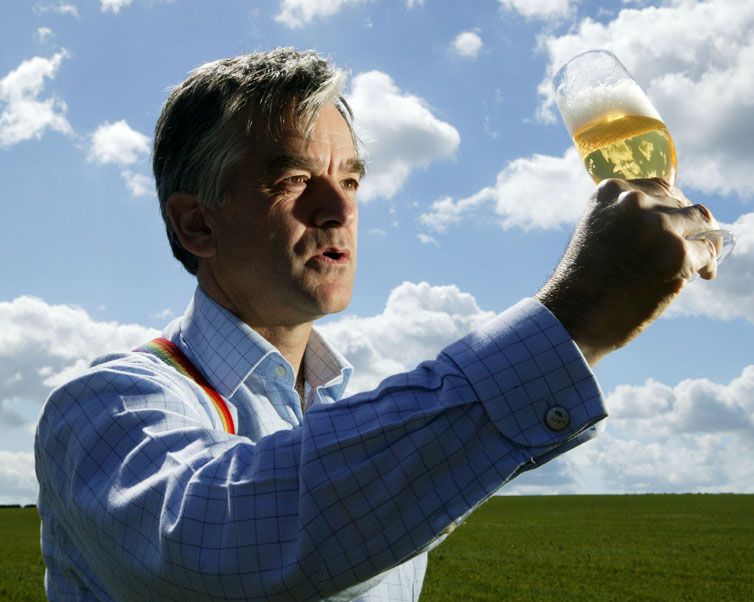Some hipsters might think beer only started with the arrival of trendy, craft beers down their local, but they would only be a few thousand years out, according to Rupert Ponsonby.
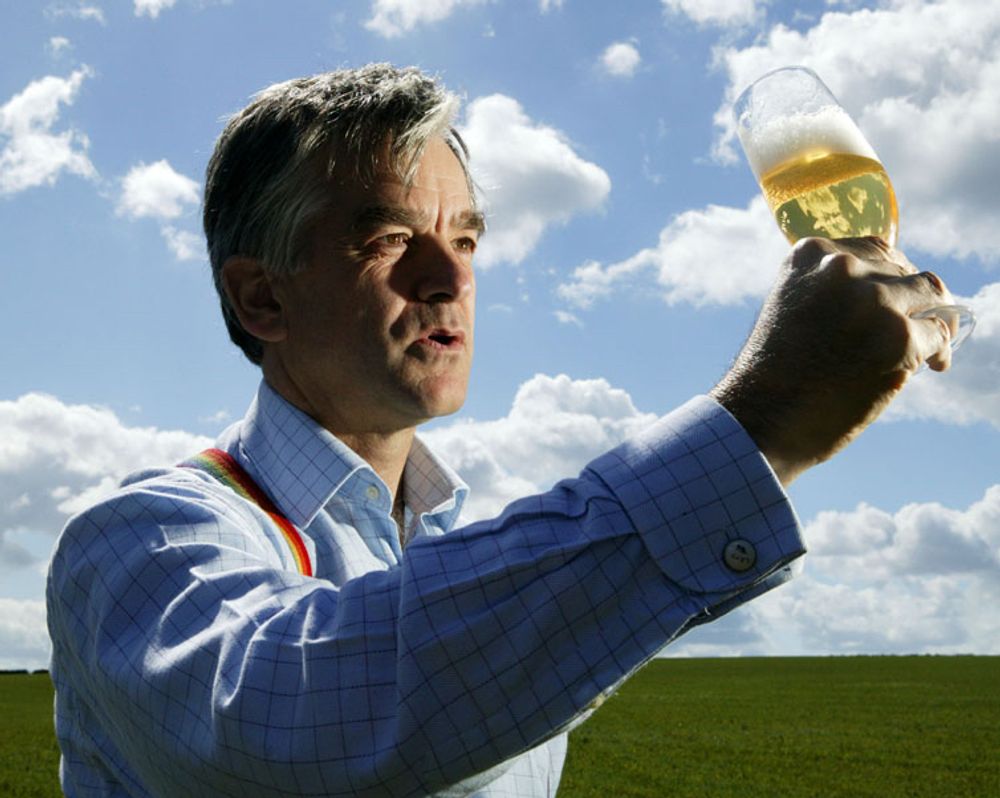
Beer lover and aficionado, Rupert Ponsonby, shares his personal history of British beer. Picture: Andrew Crowley acrowley@ntlworld.com
If you ever wonder what you might choose as your ‘specialist subject’ if you were ever to appear on Mastermind, then Rupert Ponsonby could be well placed to pump for British beer, and all that has sailed its course over its many years. Here he pulls out his own personal highlights that reads like an extended episode of the Game of Thrones.
C 4000 BC: The Gods started it all, Ninkasi the Sumerian goddess of beer, drew the brewing process on clay tablets: But clearly the tablets were beta-blockers, as it took ages for anyone to write much more of interest about beer.
C 4000 BC: Spiced and honey beers were everywhere. Fragments of pottery found on Orkney show a beer-like drink including meadowsweet, hemlock, deadly nightshade and wheat – a pretty potent brew. And honey beers were being brewed as well, often mixed with wheat or barley or herbs.
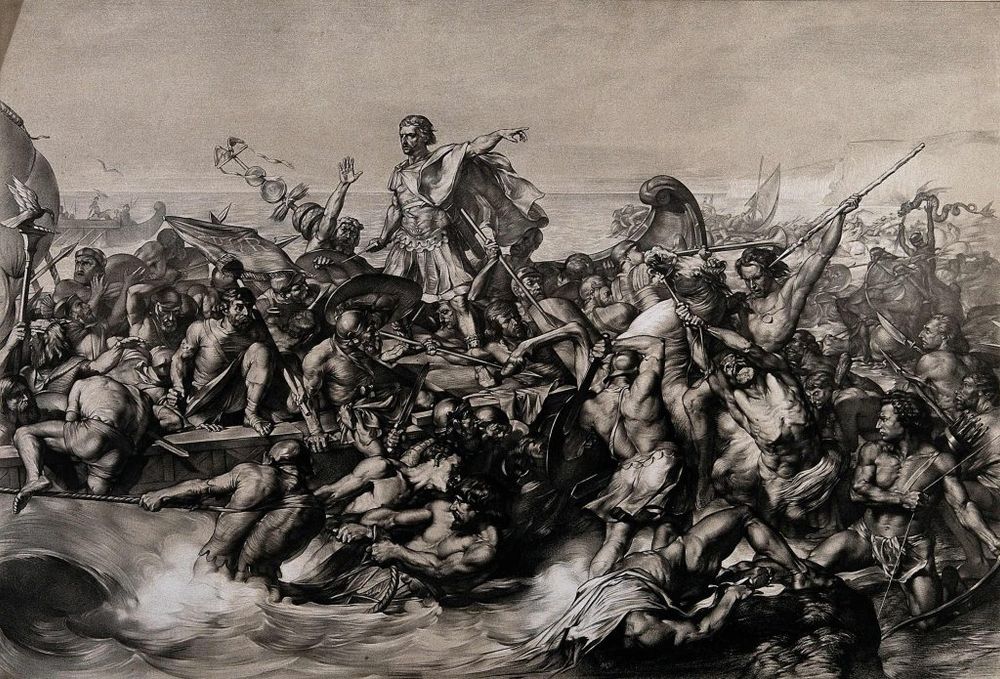
Whatever the Romans ever done for us? Well they liked our beer so much they gave up wine to drink it during Julius Caesar’s first invasion of Britain in 55 BC
Credit: Wellcome Library, London. Lithograph by W. Linnell after E. Armitage.
55 BC: Julius Caesar of Rome arrived in Britain in an early attempt to create a European Union. His legionnaires drank wine on arrival but were soon converted to beer. Later, they left.
C 1500: Hops were planted in Britain, imported by Flemish weavers who settled in Kent. Hops were originally viewed with suspicion, not just for their membership of the cannabis plant family. Hops also avoided the taxes paid by brewers on spices, levied by the canny religious orders.
C 1600. Old Ale was the fashion at dinner parties. These wonderful strong beers were normally brewed from October to March, as the heat of summertime would turn beers sour. They were preserved from bacteria by their 7%-12% abv alcohol levels, by hops and cold temperatures. Matured in large casks in deep, dark stone cellars, they were often kept for several years and given to friends instead of Champagne (which hadn’t been invented).
C 1720. Porter Ales made the accountants and porters happy. This dark beer, the weaker forerunner to stout, was the first Brit beer to be brewed on an industrial scale. It was the chosen drink of all the porters who unloaded ships, carried goods and did what DHL and the internet do today. It was originally a blend of three different beers and often aged for over a year in vast barrels, the size of a house.
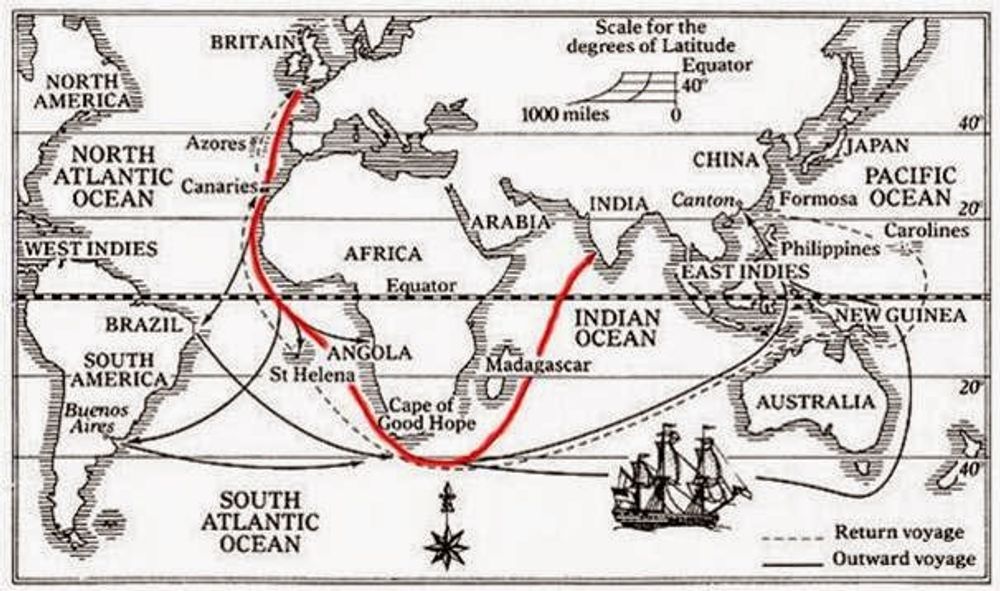
The map says it all: India Pale Ale would take up to six months to get its destination
C 1820. India Pale Ale, the Chardonnay of its time. The wood and straw used to roast barley had made all beers dark; but as it was drunk from pewter or earthenware, nobody saw its colour, nor the sawdust or rodents within it. The arrival of commercial clear glassware meant you could see your drink. So they invented India Pale Ale, high in alcohol, pale in colour and with massive quantities of hops to help it withstand up to six months sea journey to India too. It went beautifully with a Balti too.
C 1840. Mild ales are a hit with industrial workers. Low alcohol beers at 4-6% with low bitterness and reassuring sweet malty quality were a hit with the sweating workers. Those in the mines, foundries and other manual industries needed refreshment and re-hydration at the end of a hard, hot day. Mild was cheap and comforting, though a bit cloggy in a warm summer as refrigeration of beers was but a dream.
C 1880’s. The first pale lagers are brewed in England, Wales and Scotland. Forty years after the first pale lager was brewed in Pilsen in the Czech Republic, lager was brewed in Britain, in the likes of Wrexham, Glasgow and London. We’d been using light coloured barley malts for ages; but kept them for our iconic ales.
C 1900. Bitter Ales really get going. ‘Bitter’ was developed in the 1840’s and took off in a bigger way post 1900, a lower-hopped, lower-alcohol cousin to India Pale Ale, and created in a wide variety of styles. It was served mainly in ‘cask’ (ie: not a sealed ‘keg’ – see C1960).
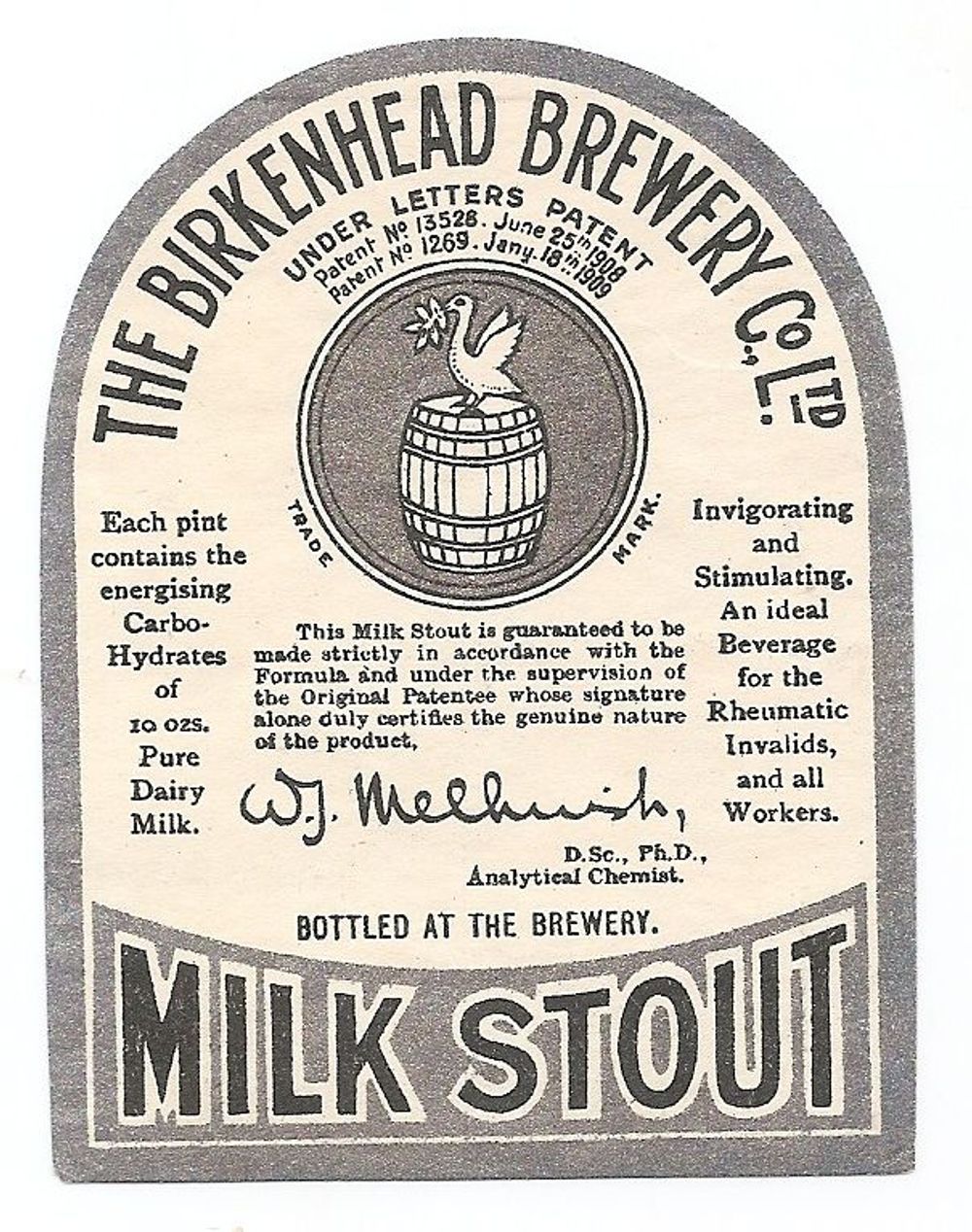
C 1910: Bottled brown ales and milk stouts are all the rage. These ‘bottled’ beers became big business, often blended with ‘cask’ ales to form a cocktail/blend of different beers or it was drunk by women after childbirth for health reasons. Their biggest growth was after the 1939-45 war. My favourite cocktail was a Mother-in-Law, ‘old’ (ale) and ‘bitter’. + a Mild beer cocktail?
C 1960. The rise of Draught “Bitters” in a Keg. These draught beers, which had been pasteurised, were easier to keep than cask beers and were dispensed using carbon dioxide. By 1970, 90% of British pubs were serving only keg beers.
1971. Campaign for Real Ale is formed to champion good pubs, ‘real ales’ – which are un-pasteurised beers in the cask; and their bottled equivalent (bottle-conditioned ale). CAMRA now has over 170,000 members.
1980s. Lager sales start to fizz after hot summers in the late 70s when all the ale was served in pubs un-chilled. Britain’s taste for mainstream and premium lagers gets a second wind. Sales of UK-brewed and imported lagers surge.
1990. End of the tied-house system for Pubs. The Monopolies and Mergers Commission Report broke the ‘tie’, which had previously excluded brewers from selling into other brewers’ tied pubs. This also led to a big increase in the number of micro-breweries in Britain. And to the numbers of large Pub Companies.
1990’s. Seasonality, so popular with brewers in the Middle Ages, bursts onto the scene with lighter coloured ‘summer ales’, heather beers, fruit beers, and winter beers often spiced like a Christmas pudding. And pubs and supermarkets add encouragement.
2002. Progressive Beer Duty was introduced, giving smaller brewers of under 30,000 hectolitres (increased to 60,000 hl in 2004) a rebate on their excise duty, so as to help small craft brewers to compete in the market.
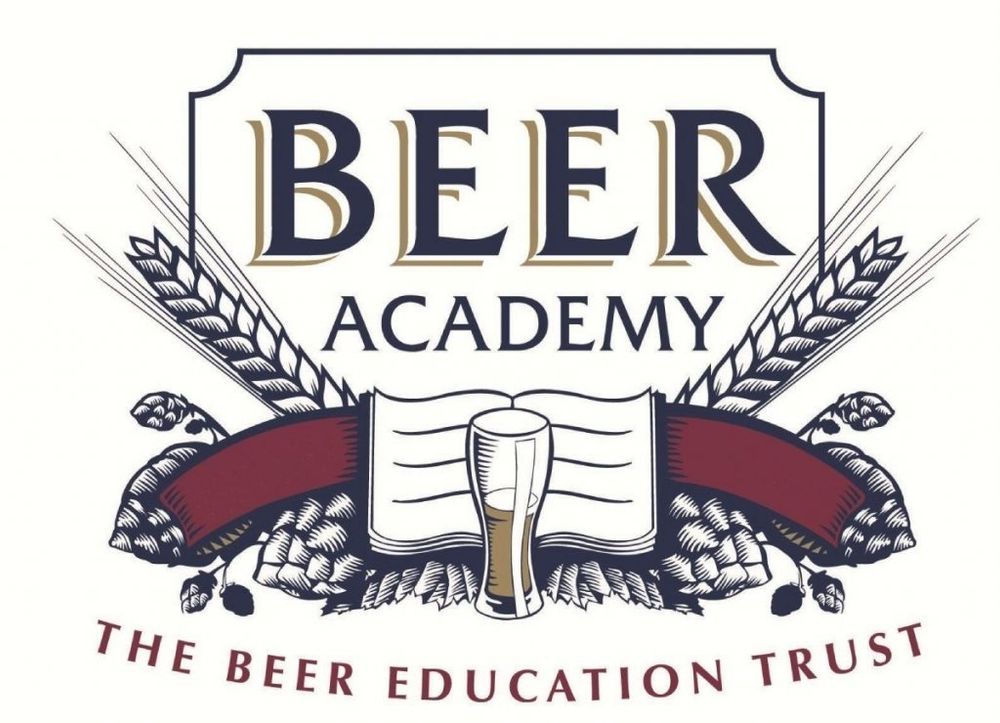
2003. The Beer Academy was formed by 50 breweries, beer retailers and beer-related organisations set up the world’s first generic beer school to help educate the trade and consumers about ‘beer’.
2004. Beer & Food pairing had been a big thing in America for years; but, at last, many top restaurants start to take beer seriously and to create beer lists matched to their foods. Roux, Blanc, Aylur….
2014. Beer Styles: The number of beer styles booms as brewers innovate using different cereals, new hops, fruit, spices or the likes of coffee and tea. Barrel ageing of beer is on the up, along with the herbal ‘Saison’ farmhouse beers, often spiced with orange peel, lemon peel or cucumber.
2015. Brewery Numbers keep on rising, from 300 in 2005 to over 2000 in 2016.

2016. India Pale Ales go even wilder; and experimentation with hops sees unimagined flavours and mouth puckering intensities. Cans, first championed by Felin Foel brewery of Wales in the 1930s, suddenly seemed sexy.
2017. ‘Sour’ beers, such a tradition for Belgium, make headway in the UK, with wild yeasts wreaking havoc, some winning top awards, and others listed by supermarkets.
- In his next article Rupert Ponsoby looks in to the history and role of hops (pretty important) in brewing and our beer history.
